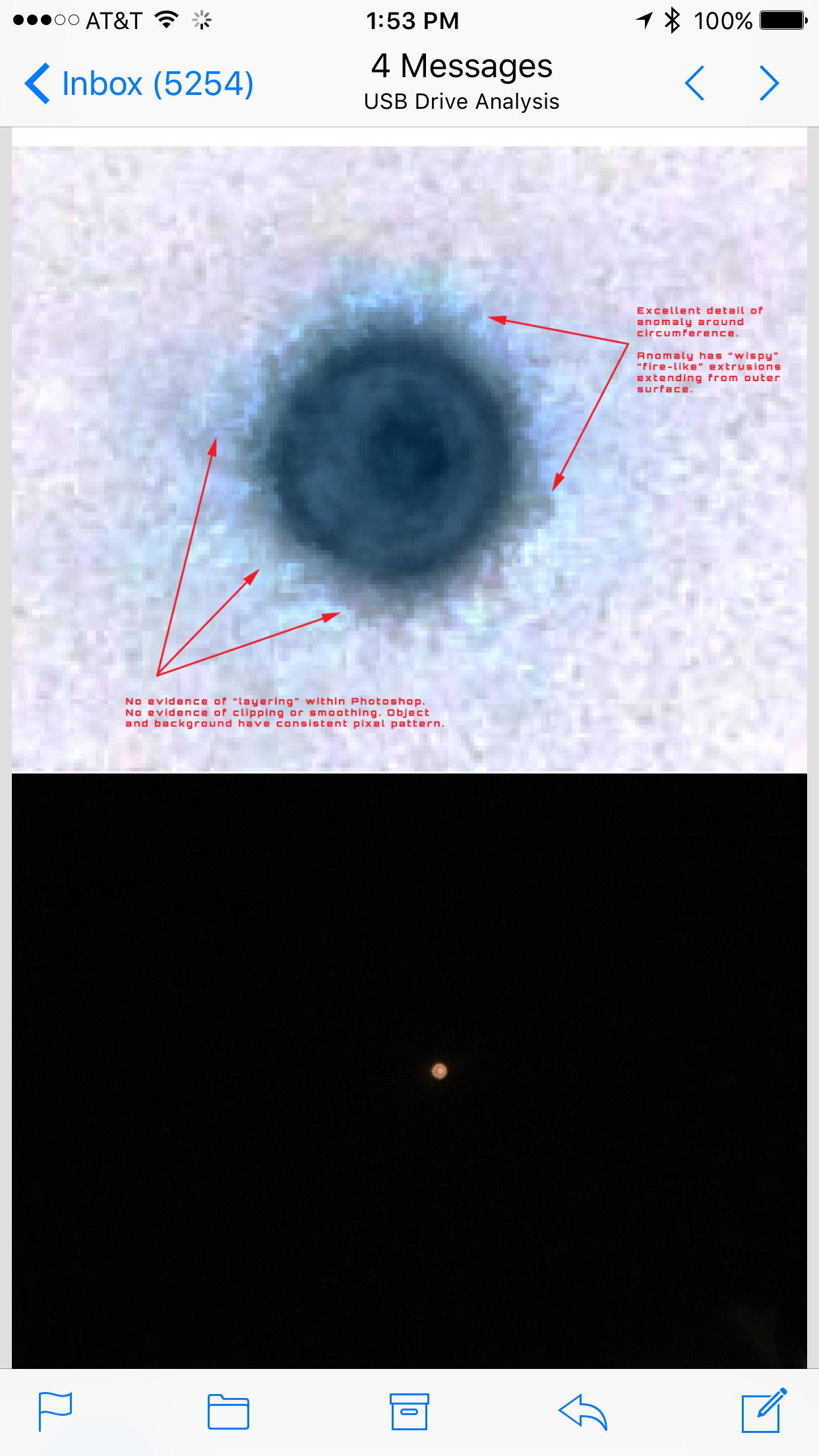
This post is made to spur discussion on the below article written in 2022 by a physicist that captures the key challenges of IR sensor technology for use in observation, collection, and resolution of UAP data. The author considers distance, resolution and difficulty resolving (i.e., classifying and identifying) ‘targets’ and the confluence of natural and man-made objects that can spoof observers.
The central assertion is the potential for oversaturation of the IR sensor by objects with high luminescence. As an illustration, an expert who analyzed a UFO video in this article said “high-intensity/close-range infrared lights interacting with a sensitive infrared camera is the problem — turning an aircraft into a triangular blob — rather than the infrared camera being the solution to revealing invisible triangles or pyramids zooming about our airspace.”
The author’s hypothesis can be juxtaposed with the US Navy’s 2015 ATFLIR Gimbal video, extensively analyzed by experts, notably, optical physicist and aerospace engineer and former UAPTF Chief Scientist Dr Travis Taylor. Dr. Taylor’s stated the distortion seen in the video was not a camera artifact or a distant jet but rather very high temperature variations emanating from an persistently unexplainable propellent-less propulsion source. Dr. Taylor said the problem is not with the high-resulution ATFLIR sensor but with the object that is “completely saturated in temperature,” “it saturates the camera so you can’t see any details about its shape.” Of note, Dr. Taylor said if the object is further away from the sensor than 7 km, it would have to be at the temperature to melt aluminum and if it were 50 km away, it would melt steel. Ref: Taylor -3 https://youtu.be/h2TUkGSOOTg
In summary, this post should serve as a catalyst for further discussion of the use of IR (and other) sensor data to detect, characterize, and classify UAP data. As a further illustration, the scientific and technical community (e.g., Galileo Project, Sol Foundation, Scientific Coalition for UAP Studies, MUFON Lab) might develop IR sensor classification and identification guides to assist certified field investigators and amateur UFO enthusiasts alike in observing and collecting UAP data.
Note: My next post will discuss a companion physics-based study to the US Navy’s 2004 Tic-Tac UAP video, this time, analyzing the Gimbal video.
‘Invisible UFOs’ Fill Skies https://www.livescience.com/21672-invisible-ufos-fill-skies.html
submitted by /u/Strong_Ad_5488
[link] [comments]